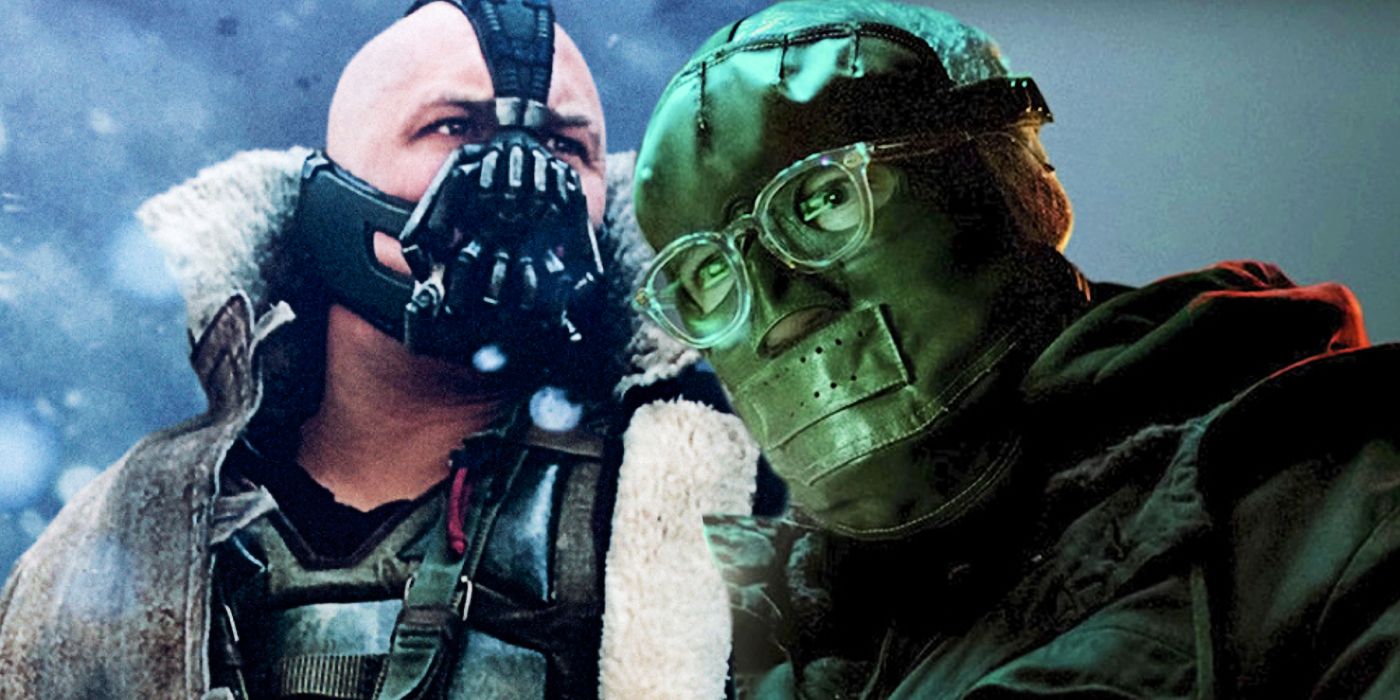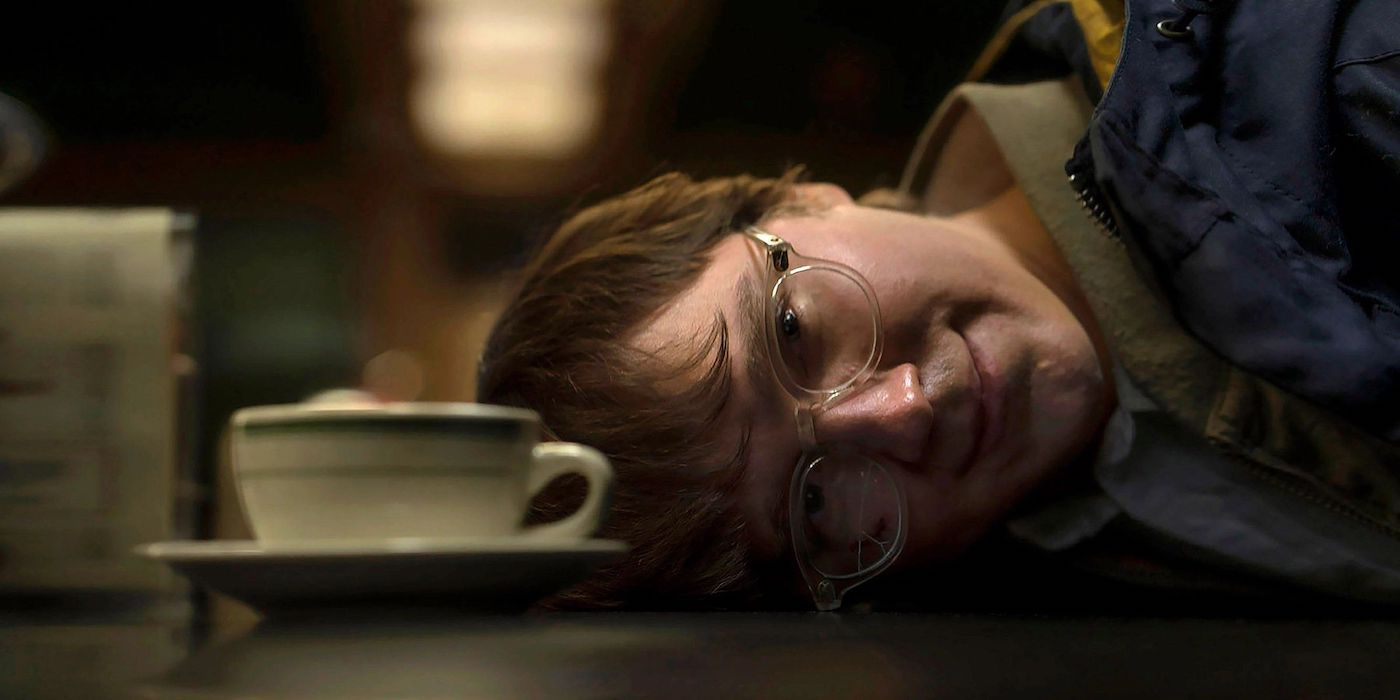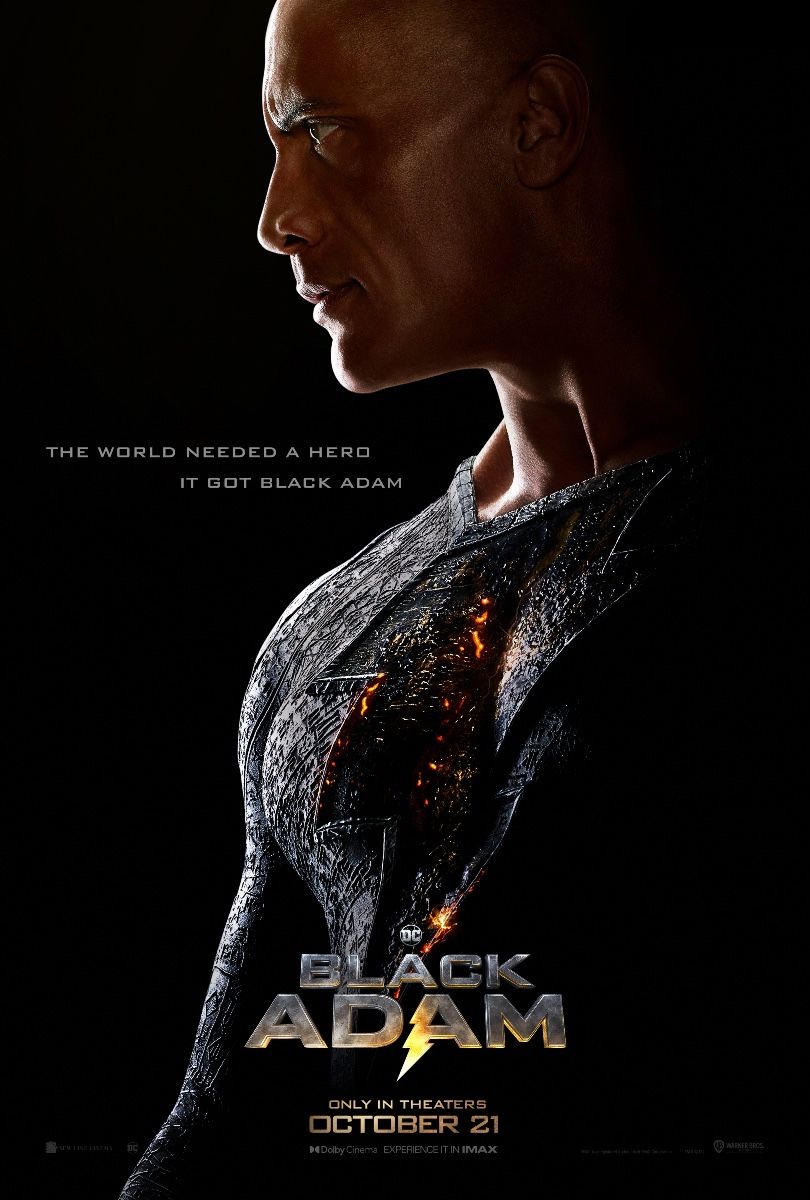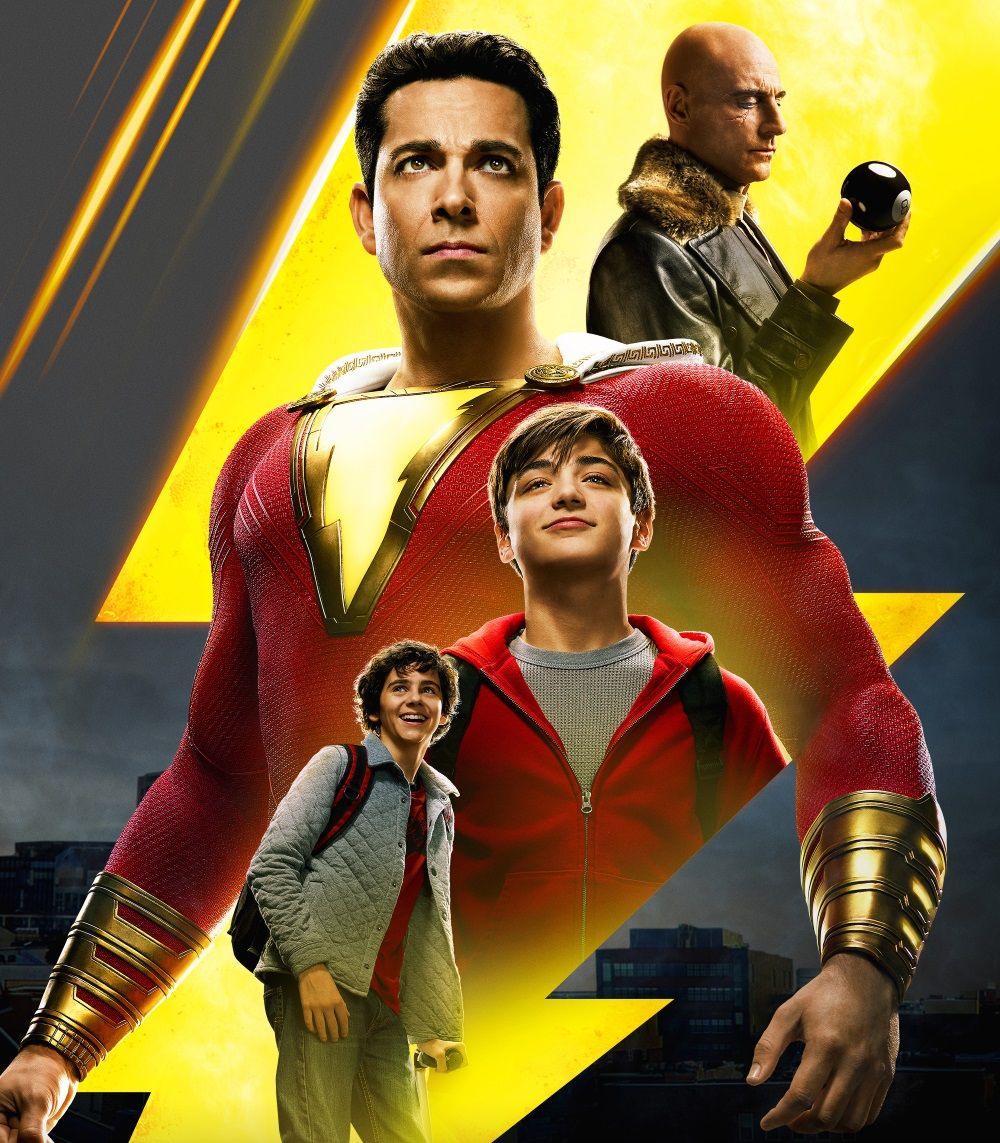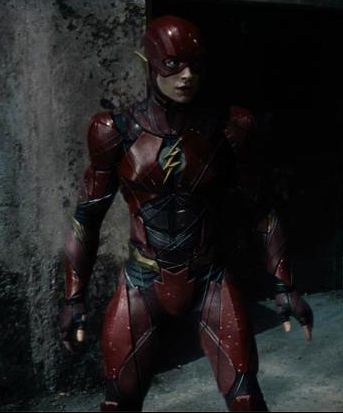WARNING: This article contains spoilers for The Batman.
There are a lot of unwritten rules in Batman movies, and Matt Reeve's The Batman rightly avoided one of the biggest - and worst - villain trends in them. With a complex narrative that valued the detective side of the character, The Batman took the caped crusader back to its origins and created something close to a perfect reboot. To accomplish that difficult mission, The Batman chose the Riddler as the main villain in a story that also saw Catwoman, Penguin, and Carmine Falcone.
While four Batman villains appeared in the film, it is essentially the Riddler who was The Batman's main antagonist. Catwoman was far from being a villain, Penguin was still just a henchman, and Carmine Falcone played a behind-the-scenes role more on par with his comic book background. Mercifully, however, the Riddler didn't follow some conventional trends found in Batman movies.
The Batman respected many traditions from previous Batman films — having more than one villain in the same story and a Batmobile chase scene — but correctly avoided the most annoying one: killing off a major villain at the end of the film. From Jack Nicholson's Joker in Batman to Bane and Talia Al Ghul in The Dark Knight Rises, at least one of the major Batman villains has been killed off at the end of each film. Whether it's an unwritten rule inherited from James Bond movies that took hold in the Batman franchise after Tim Burton's movie or a simple coincidence, the fact is that the vast majority of Batman villains never return for the next movie. In fact, Nolan's Scarecrow was the only Batman villain to appear in more than one film from the same continuity. The Batman can break this trend ,as it left the Riddler alive at the end of the film. Even defeated and with the effects of his master plan diminished by Batman, the Riddler didn’t meet his end in any fall or explosion as other previous villains. In a far more interesting story decision, the Riddler was instead taken to Arkham State Hospital.
One of the reasons Batman movies before the 2000s always felt very episodic was precisely the absence of recurring villains in the franchise. Not even Nolan's Dark Knight trilogy, which for the first time followed the story of the same Batman for more than two films, managed to create something like the rogue's gallery. Each villain served a very unique purpose in each installment and was rarely or never referenced in the next film.
When it comes to creating a Batman world that feels real while echoing the comic books, keeping key characters from the hero’s mythology alive is essential. Director Matt Reeves has already expressed interest in creating a Batman shared universe, and keeping the Riddler alive can help. Not only does that ensure that an interesting character and a great actor can return for future sequels, but it also helps create the notion that this Gotham City is always alive and that Batman’s rogue’s gallery can become a thing. The few minutes showed of the Riddler and his new friend in Arkham have already offered a new dynamic in the Dark Knight films and teased some exciting possibilities.
By eschewing the tradition of killing off major villains at the end of the movie, The Batman makes sure its universe feels like a living, breathing thing. With villains like the Riddler, Joker, and Penguin walking around Gotham City, there will always be a new challenge for Robert Pattinson's Batman. And these challenges can only grow more potent with time, leaving audiences to theorize about how and why some Batman villains may return.

